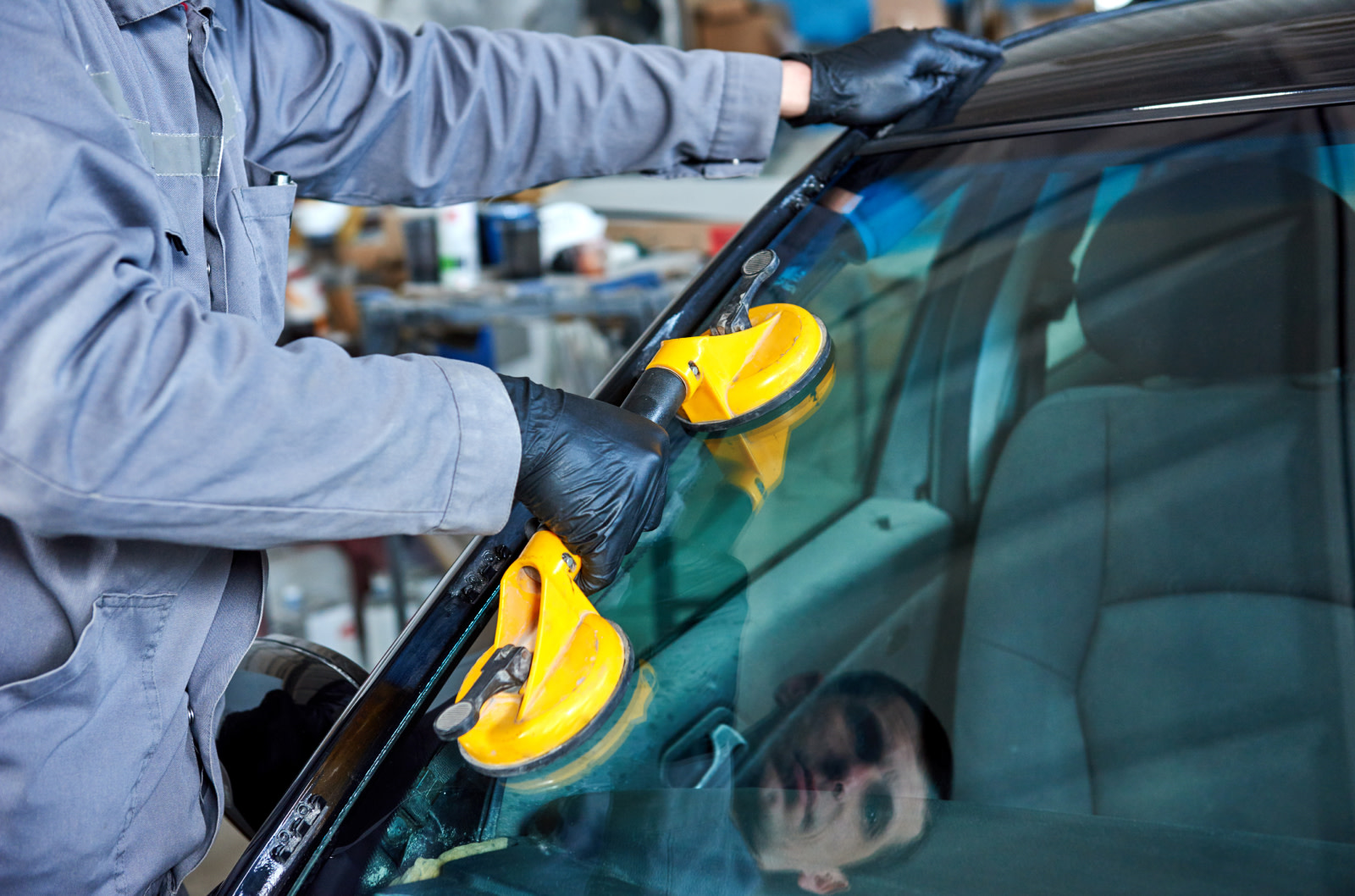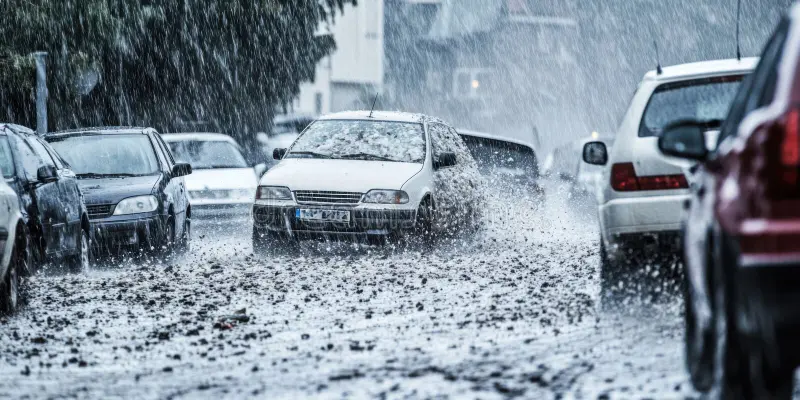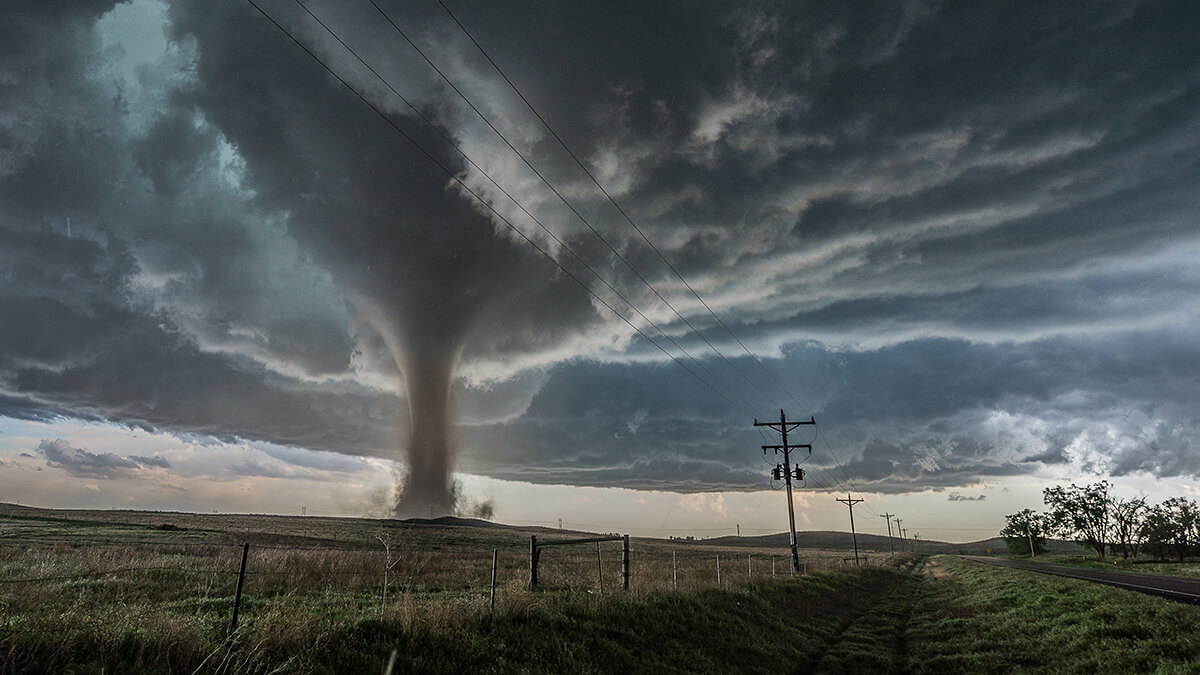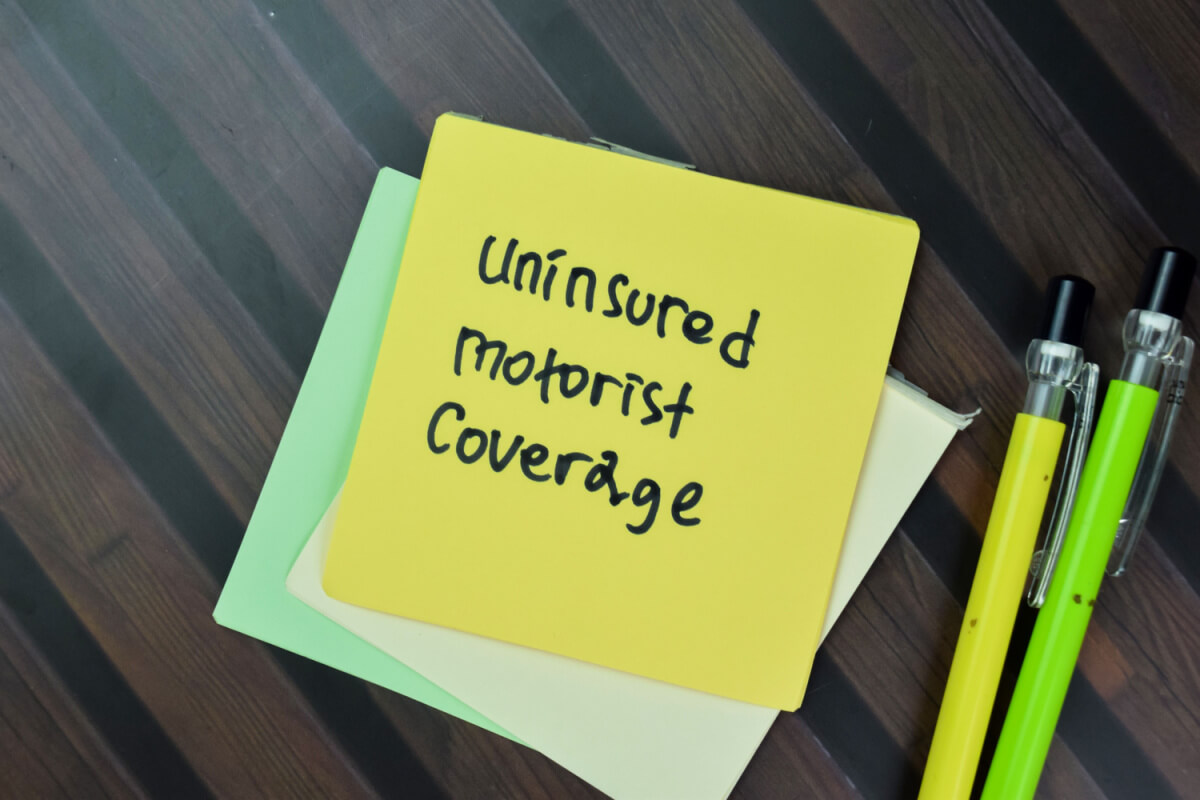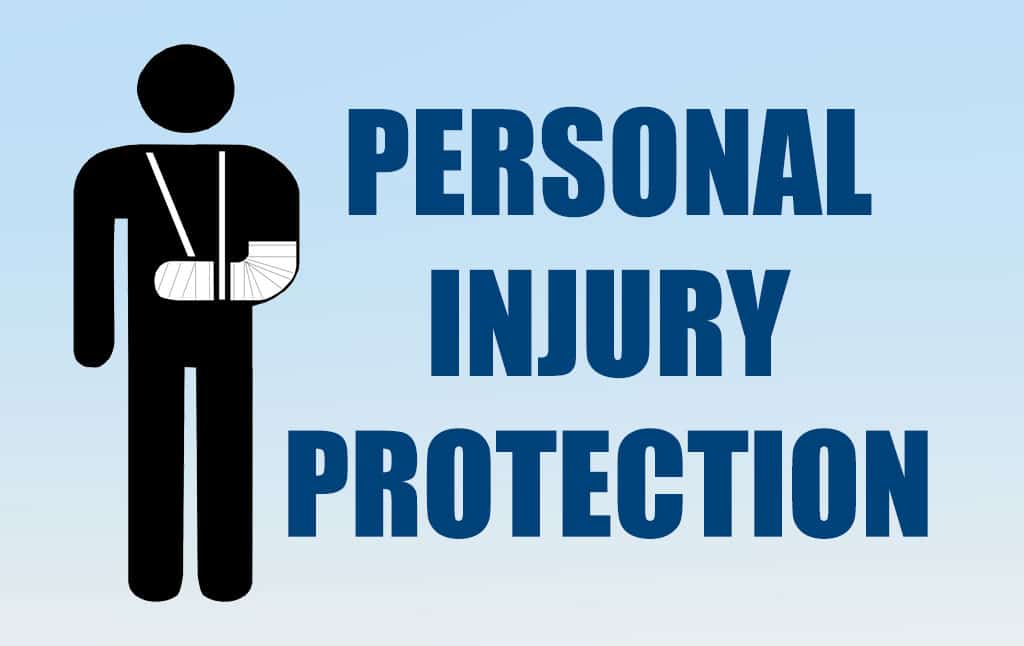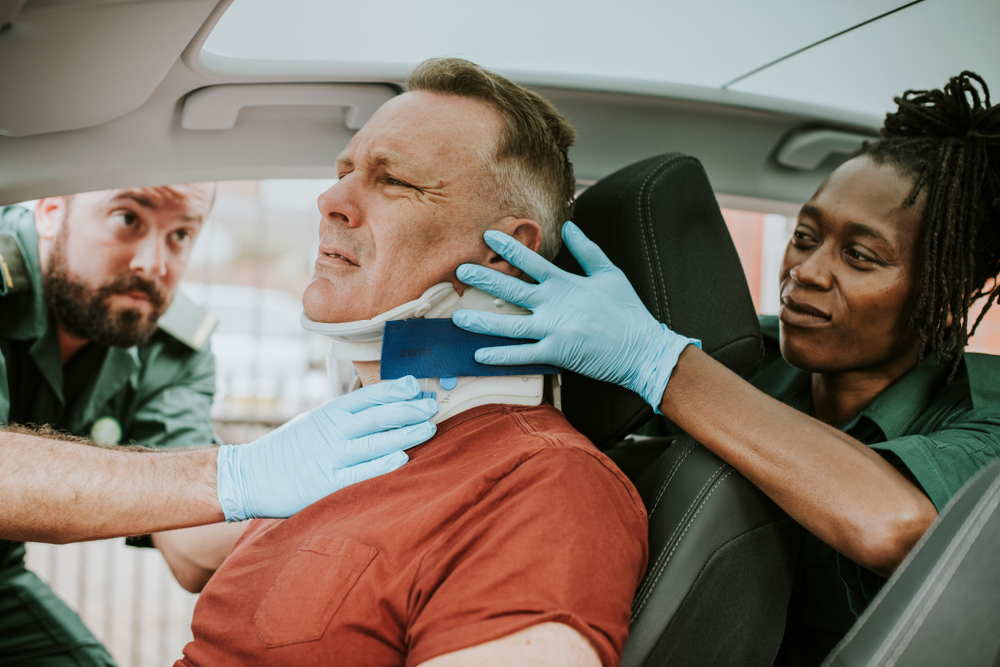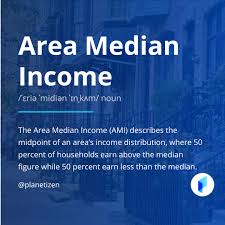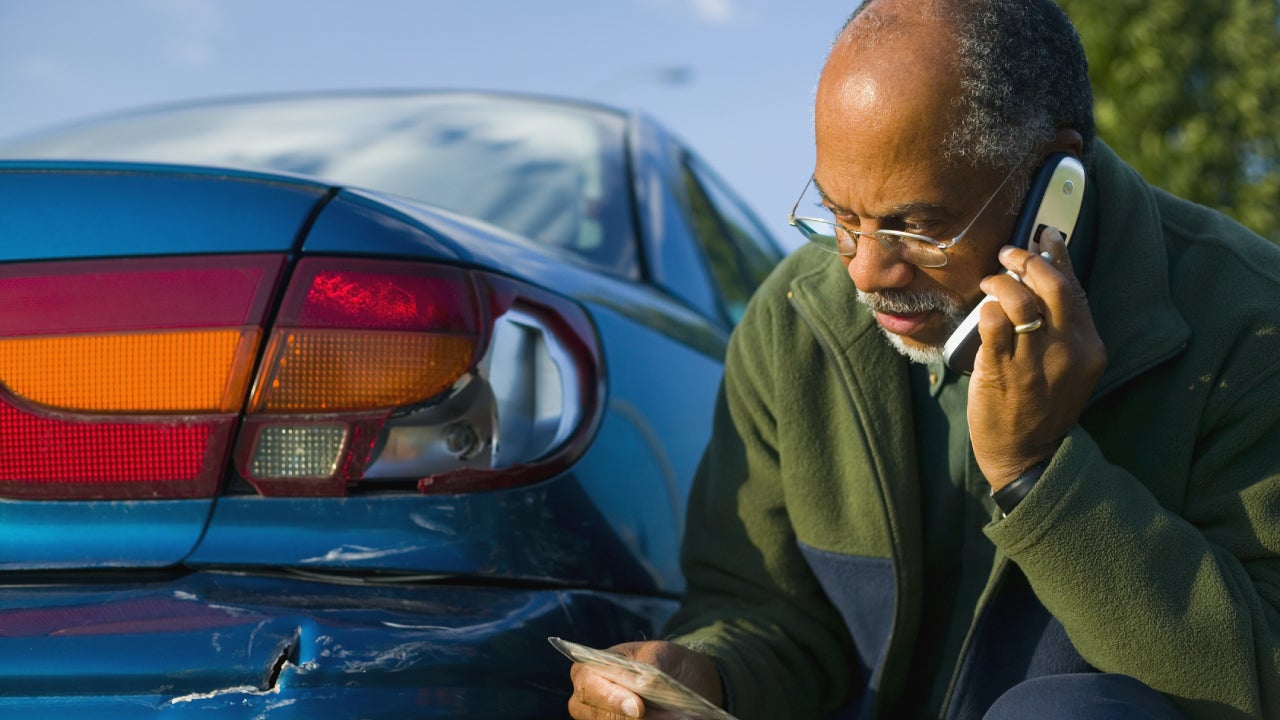When society collapses and the dead start walking, your best hope of survival starts at home. This Homeowner’s Zombie Survival Guide is your ultimate blueprint to defending your home, protecting your family, and outlasting the undead siege. From securing your property to stocking the right supplies, we cover every angle so you’re not caught off guard when the zombie apocalypse hits.
Why Every Homeowner Needs A Zombie Survival Plan
Preparedness isn’t just for doomsday preppers. Every responsible homeowner should know how to defend their home from threats—both natural and unnatural. A Homeowner’s Zombie Survival Guide ensures you’re ready for an outbreak scenario where the undead are not just in the movies.
Here’s why preparation is critical:
- Panic is deadly: Without a plan, fear leads to bad decisions.
- Resources run out fast: Water, food, and fuel disappear within hours of a crisis.
- Your home becomes your fortress: Knowing how to fortify your home is the difference between life and death.
Understanding Zombies: Know Your Enemy
Before diving into survival techniques, a great Homeowner’s Zombie Survival Guide must define the threat. Zombies, in most lore, are reanimated corpses that are:
- Drawn to sound
- Slow-moving (but relentless)
- Incapable of feeling pain
- Infectious via bites or scratches
Some versions (like in 28 Days Later) move quickly, while others (The Walking Dead) are slow but come in hordes. Your survival plan must accommodate both.
Step One: Fortify Your Home Base
Your home isn’t just shelter—it’s your stronghold. The first section of our Homeowner’s Zombie Survival Guide is focused on turning your house into a safe zone.
1. Secure Entry Points
- Doors: Reinforce with metal bars or plywood. Install deadbolts.
- Windows: Use metal grates or board up with ¾ inch plywood.
- Garage: Disable automatic openers. Reinforce from the inside.
Repeat this mantra: If a human can get in, so can a zombie.
2. Create Safe Zones Inside
Designate rooms as secondary safe areas. These should have:
- Multiple exits
- Communication devices (like battery radios)
- Emergency supplies
- Lockable doors
Having fallback positions is critical in any Homeowner’s Zombie Survival Guide.
3. Build Observation Points
Use upper-floor windows for monitoring the area. If possible, set up:
- Binoculars or scopes
- Walkie-talkie stations
- Silent alarms like tripwires
Silent surveillance keeps you alive.
Step Two: Stockpile Essential Supplies
No Homeowner’s Zombie Survival Guide is complete without an inventory checklist. Once the outbreak starts, the stores will be looted within hours. Beat the crowd with this list:
Water
- 1 gallon per person per day (for 30 days minimum)
- Water purification tablets
- Collapsible water containers
- Rainwater harvesting systems
Food
Focus on high-calorie, non-perishable items:
- Canned meats, beans, fruits
- Freeze-dried meals (25-year shelf life)
- Protein bars
- Peanut butter and honey
Weapons & Defense
A zombie isn’t hard to kill—it’s hitting the head that matters. Your Homeowner’s Zombie Survival Guide should include:
- Melee: Machetes, crowbars, baseball bats
- Ranged: Crossbows, firearms (if legal), slingshots
- Traps: Nail boards, motion-triggered alarms
Don’t forget ammo, sharpening tools, and silencers for stealth.
Medical Supplies
Expect injuries, bites, and stress-related illness:
- First aid kits (2 minimum)
- Prescription meds (90-day supply)
- Antiseptics, gauze, bandages
- Over-the-counter meds for pain, fever, diarrhea
Energy & Power
Electricity will go down. A reliable Homeowner’s Zombie Survival Guide advises:
- Solar panels with battery banks
- Hand-crank radios and flashlights
- Rechargeable batteries
- Firewood and propane
Step Three: Develop An Escape Plan
Sometimes, your home becomes compromised. The Homeowner’s Zombie Survival Guide always includes an escape protocol.
1. Bug-Out Bag (BOB)
Each family member needs a BOB packed with:
- Water filtration straw
- Maps (non-digital)
- Knife/multi-tool
- Food rations (3 days)
- Flashlight and batteries
- Emergency contact info
2. Escape Routes
Plan at least three different routes:
- One on foot
- One by vehicle
- One unconventional (like a sewer or rooftop)
Practice these routes quarterly.
3. Rendezvous Points
Designate spots where family members meet if separated. Choose:
- A local spot (park, church)
- A regional one (cabin, friend’s house)
- A backup (highway exit, landmark)
Use code phrases to verify identity.
Step Four: Build A Community Network
Even the best Homeowner’s Zombie Survival Guide isn’t foolproof if you’re alone. A team increases survival odds.
- Identify trustworthy neighbors now.
- Set up a mutual aid group to share watch duty and supplies.
- Develop radio communication codes and signals.
Human alliances can either make or break your chance at survival.
Step Five: Mental Resilience & Family Safety
Zombies may be mindless, but panic is infectious. A Homeowner’s Zombie Survival Guide is as much about emotional prep as physical.
Training & Drills
- Run monthly drills with your household
- Include zombie-specific scenarios (e.g., what to do when a walker breaches)
- Roleplay injuries and evacuations
Children & Pets
Kids need special attention:
- Make games out of drills (like hide-and-seek in safe zones)
- Pack comfort items in BOBs
For pets:
- Pet food stockpile
- Leashes, carriers
- Training to stay quiet on command
Step Six: Post-Apocalypse Gardening & Sustainability
Long-term survival requires self-sufficiency. A smart Homeowner’s Zombie Survival Guide emphasizes food production.
Garden Indoors or On Roofs
- Use grow lights
- Prioritize high-yield crops (tomatoes, beans, kale)
- Learn composting and rainwater collection
Raise Animals
- Chickens for eggs
- Rabbits for meat
- Aquaponics (fish + plants)
If you’re staying in your home long-term, these sustainable systems will make the difference between survival and starvation.
Step Seven: Zombie Defense Etiquette
In a world where the undead roam, you must think like a survivor, not a savior.
- Never open the door to strangers
- Always aim for the head
- Don’t attract attention (no loud music, bright lights)
- Travel only when necessary
This brutal honesty might save your life.
Final Thoughts: Stay Alive With The Homeowner’s Zombie Survival Guide
The Homeowner’s Zombie Survival Guide isn’t just fiction—it’s a wake-up call for modern homeowners to take disaster prep seriously. Whether or not zombies ever rise, being ready for civil unrest, power outages, and natural disasters is always wise.
Recap of Key Actions:
- Fortify your home immediately
- Stockpile 30 days of water, food, and meds
- Arm yourself and train for defense
- Build a survival network
- Practice mental preparedness
- Plan for long-term sustainability
When the dead rise, the last thing you want is to be scrambling for supplies or guessing your next move. Your house can be your greatest asset—or your tomb.
So act now. Share this Homeowner’s Zombie Survival Guide with your community. Train your family. And remember: If you stay ready, you never have to get ready.






